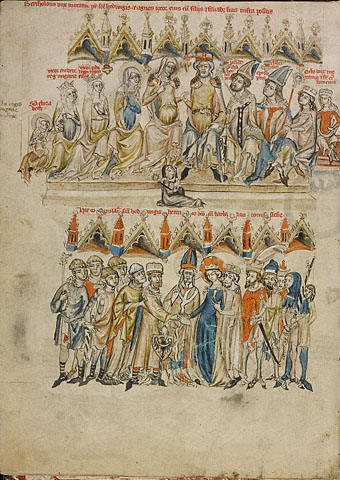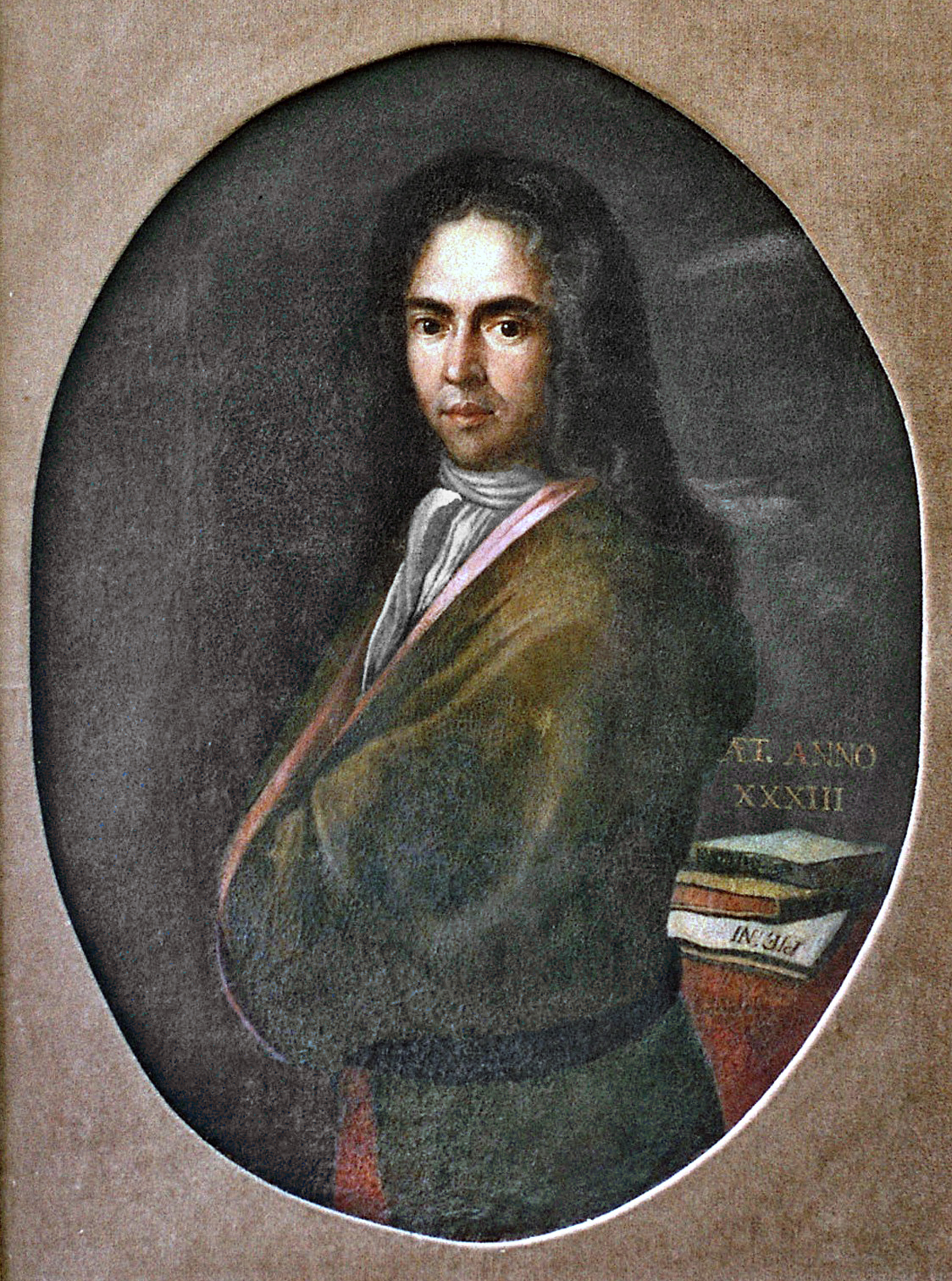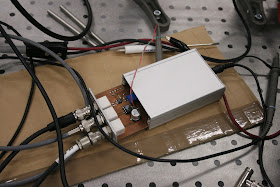Aktualnie jestem gdzieś na półmetku szycia szuby datowanej na mniej więcej XVI wiek. Półmetek czyli zasadniczo zszycie wszystkich szwów nośnych wierzchu, no ale od początku.
Na potrzeby mojej wewnętrznej klasyfikacji definiuje sobie szubę jako męskie ubranie rozszerzane od samej góry i nie odcinane w pasie. Jako takie coś kojarzyć może się lekko z XV wiecznym robe, nie wiem na ile słusznie. Elementem mocno wyróżniającym szubę jest jej kwadratowy kołnierz i rozchylone poły pod szyją. Bardzo często szuba posiadała futrzany kołnierz lub była nawet podbijana futrem, jednakże nie jest to wymóg, zważywszy na ilość ikonografii i zabytki bez futra.
Zasadniczo, co do kroju, moją szubę wzoruję na przedstawieniach żołnierskich. Szuba cywilna-miejska wydaje się odrobinę różnić, po pierwsze obecnością futra, po drugie krojem (jest chyba o wiele bardziej rozkloszowana) i po trzecie rękawami - te w wersji cywilnej bardzo często posiadały rozcięcia do wyjęcia rąk.
 |
| Urs Graf 1508 |
 |
| Urs Graf 1518 |
Wykrój szuby, który wykorzystałem do szycia mojego ciucha pochodzi z XV wiecznej damskiej szuby i w zasadzie spełnia wszelkie wymagania co do szuby - rozszerzanie się, brak odcięcia etc. Przedłużyłem odrobinę szubę względem pokazanych powyżej rycinek (to nic, mieszczańskie-cywilne szuby są dużo dłuższe, generalnie do kostek).
Dodatkowo chciałem dołożyć pewne ozdobne elementy w postaci aplikacji. Pomysł jest spójny z tym co widuje się na ikonografii (głównie są to różnego rodzaju sajany/waffenrocki/wappenrocki etc z obszyciami). Ale chociażby tutaj widać obszytą rzezaną taśmą szubę:
  |
| Kranach 1530 |
Półmetek prac nad szubą wygląda mniej więcej tak (dolna aplikacja jeszcze na szpilkach):
Pozostało jeszcze podwinięcie i podszywanie brzegów (nie mam zielonego pojęcia jak zrobić to poprawnie historycznie, więc będę improwizował stosując nowoczesne metody) oraz wszycie lnianej podszewki, której jeszcze nawet nie zszyłem w całość. Akurat to będzie proste i przyjemne. W następnej notce pokażę jak wygląda szuba podszyta na krawędziach i wyłogach czerwoną wełną i z wykończonym kołnierzem. Trochę w tym czarnej magii.
















































